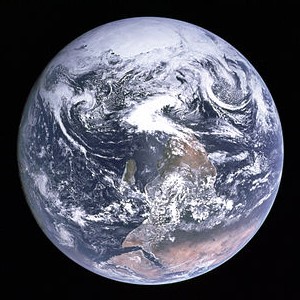 There are good reasons to think that Earth has turned over on various occasions. But who can be surprised that this perception—so removed from everyday experience—seems less than instantaneously persuasive?
There are good reasons to think that Earth has turned over on various occasions. But who can be surprised that this perception—so removed from everyday experience—seems less than instantaneously persuasive?
The good reasons include telling evidence in narrative testimony and correctly interpreted myths of the ancients, embedded patterns in ancient cultures that give evidence of inversions, and the insights and arguments of two formidable researchers. Now we can: add new reasons that strengthen the case; specify the approximate dates of four inversions; extend the theory to the five great mass extinctions of prehistory; comprehend that Earth is actually prone to inversion; and point to where to find more evidence. Understanding inversions helps us correct errors in interpreting past planetary and Earth science while providing clues relevant to climate change.

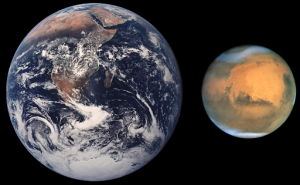
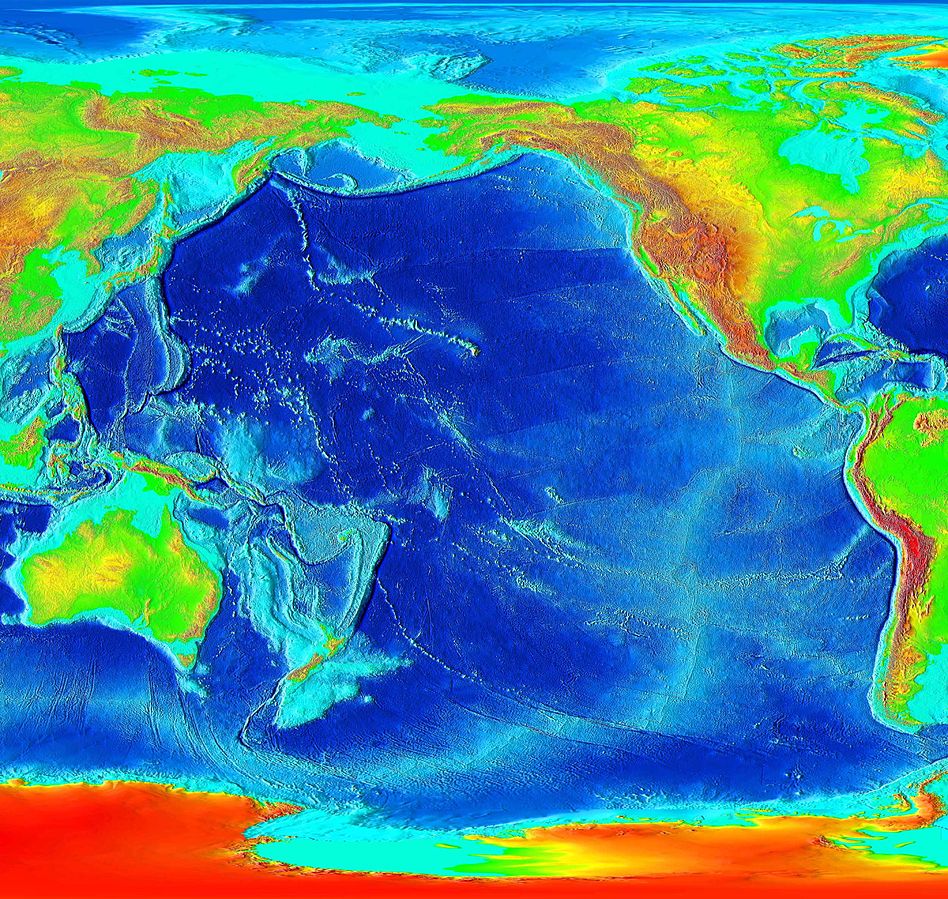
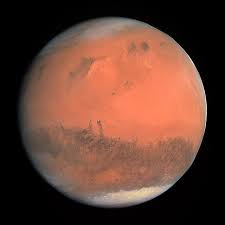 originally formed a single planet outside the orbit of Jupiter. Early in Solar System history, Jupiter’s powerful gravitational field pulled this planet past the gas giant. As the planet neared Jupiter, tidal friction heated it to the melting point, and Jupiter tore Mars away from Earth, leaving the Pacific Basin and an array of evidence on both planets. Earth and Mars then sped off into the inner solar system.
originally formed a single planet outside the orbit of Jupiter. Early in Solar System history, Jupiter’s powerful gravitational field pulled this planet past the gas giant. As the planet neared Jupiter, tidal friction heated it to the melting point, and Jupiter tore Mars away from Earth, leaving the Pacific Basin and an array of evidence on both planets. Earth and Mars then sped off into the inner solar system.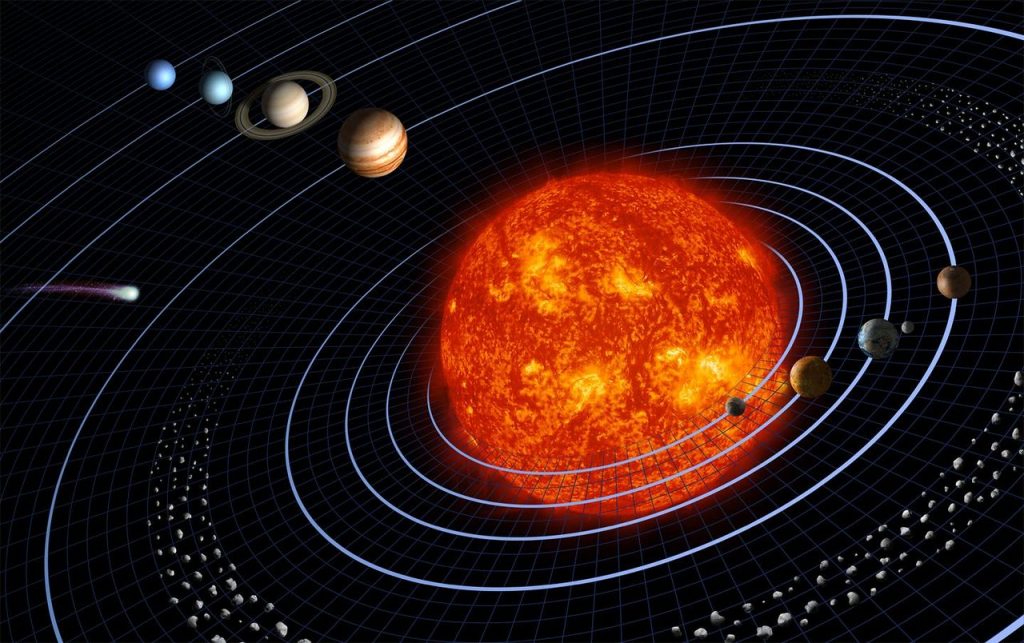 A new theory of the origin of the terrestrial planets—that Jupiter’s gravity pulled them inward from the outer solar system—solves longstanding scientific riddles and offers a rich agenda for further investigation.
A new theory of the origin of the terrestrial planets—that Jupiter’s gravity pulled them inward from the outer solar system—solves longstanding scientific riddles and offers a rich agenda for further investigation.